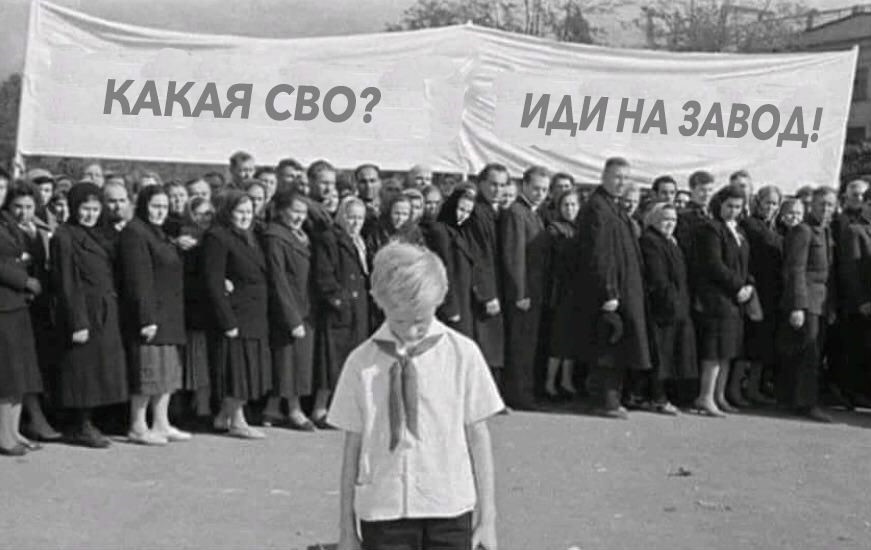Since 1996, Russia has experienced a record labour shortage. According to a survey conducted by the Gaidar Institute for Economic Policy, in April 2023, about 35% of Russian industrial enterprises complained of being understaffed. In January 2023, 27% of respondents reported labour shortages.
Since the beginning of 2023, the industry has experienced the lowest staffing levels in the last 25 years, according to the Central Bank’s monitoring of enterprises. The level of staffing has fallen to its lowest level since 1998 and now stands at -18 points.
The most significant shortage of employees was observed in the manufacturing sector (-28 points), in industry (-25 points), in water supply (-23 points) and in mining, transport and storage (-22 points each).
Russia also has shortfalls in both highly skilled and line workers. Demand for IT staff at the start of 2023 is 63% higher than a year ago. In spite of the expansion of the workforce, companies such as VK, Yandex and Ozon note that the demand for highly qualified staff with work experience is still at a high level. The average time spent searching for employees with more than six years’ experience has increased by 4-6 months.
The most common problem employers face is a shortage of engineers. This includes design engineers and process engineers. Besides engineers, they are struggling to find experienced plumbers and electricians.
The labour market in Russia now is the market of employees. According to the hh.index, the job competition index across Russia was 3.1 CVs per vacancy in June. The hh.index shows the ratio of a number of active CVs to a number of vacancies, i.e. the level of labour market competition. A balance of 5-7.9 CVs per vacancy is considered to be a comfortable norm for the labour market, while an index value below 4 is an indication that there is a shortage of staff in the labour market.
The number of CVs decreased by 2% in June compared to May 2023, while vacancies increased by 9% over the same period. According to the hh.index, the most severe shortage of applicants can be observed in sectors such as the automotive industry, the medical and pharmaceutical industry, the working staff and the retail trade.
There are three main reasons for the labour shortage in Russia:
- Demographics. People born in the 1990s and early 2000s are currently entering the labour market. This period is characterised by low birth rates. As a result, few people are currently entering the labour market. On the contrary, one of the most numerous generations – those aged 60 and over – is leaving the market. It is worth noting that this is not a new trend. Since 2008, each year around 100,000 fewer young people have entered the labour market than the previous year. As a result, the country’s labour force has been in decline year on year.
- Mobilisation. About 300,000 people left the labour market. It should be noted that labour market statistics do not consider those who are mobilised. They are not excluded from the labour force, but they are excluded from the production process. In October 2022, after the announcement of the partial mobilisation, the share of those with reports of staff shortages was 33%.
- Emigration. According to various estimates, between 600 thousand and 1.3 million people have left Russia since mobilisation began. The poor, who depend on state benefits, are often unable to leave the country. Thus, the rich and the middle class are leaving.
The middle classes are crucial to economic and social development. Members of the middle class tend to have professional skills, education and qualifications that enable them to find decently paid jobs with opportunities to develop and progress.
How Russia is coping with labour shortages:
- The shift system is on the rise. This is a form of work when the company undertakes to provide living conditions and accommodation at or near the production site. This means that workers do not have to commute home every day.
Shift workers are most often recruited by companies operating in the construction, metallurgy, heavy engineering, automotive and oil and gas sectors. In comparison with the same period in 2022, the number of vacancies for shift workers in Russia increased by 91% in May-June 2023.
- Recruitment procedure. This is an initiative aimed at the redistribution of people between regions and sectors. There are plans for retraining and relocating about one million people per year for ten years. A similar method was used in the USSR to deal with the problem of a shortage of human resources.
- Involvement of prisoners in the labour market. Authors of the article “Formation of sources of reserve labour among convicts” estimate that 150-185 thousand people can be involved in forced labour for the benefit of business and government.
By the beginning of June 2023, more than 42,000 places for serving a forced labour sentence were created in Russia: 50% – in enterprises, 42.8% – in penal institutions, 7.2% – in regional executive authorities. In 2024, these places are to be increased to 80,000.
- Use of juvenile labour. On 1 June 2023, the Russian State Duma adopted the draft law “On Youth Employment”. According to it, students aged 14 and older will be allowed to work and the process of hiring will be simplified.
As early as in April 2023, the number of vacancies for 14- to 18-year-olds was 63% higher than in April 2022, and in March 2023, 75% more interview invitations were sent to 14- to 18-year-olds than in the previous year.
- Attracting migrants. There is a gradual simplification of the procedure for obtaining migration permits for work and entry into Russia. Proposals have already been made to extend the validity of work patents. A mechanism has also been introduced for rehabilitating expelled foreign workers at the employer’s request. Because of the shortage of IT staff, Russian companies are willing to hire specialists from India, Israel and China. However, given the uncertainty and risks associated with staying in Russia, it is clear that few people are willing to go the country to now.
- Headhunting. By raising salaries and offering “armour” against mobilisation, the companies of the military-industrial complex are attracting workers.
What are the consequences for the economy?
Firstly, it means that the race to recruit is already on and will continue to intensify. In the first stage, employers are “sucking up” the so-called “blue-collar” workers. In the future, there will be a growing shortage of highly educated people, skilled professionals capable of the development and implementation of new ideas and technologies. The opportunities for innovation and economic development could be severely limited.
Secondly, there is overheating in the economy – the inability of one of the factors of production, namely labour resources, to keep up with demand. At the same time, orders for defence equipment are on the rise. The economy adapts by raising wages. This tends to cause inflation. The unwinding of the wage-price spiral is the biggest threat. In order to curb inflation, the central bank will have to tighten its monetary policy considerably, which is certainly a negative signal for further economic growth. In other words, the more labour market imbalances persist today, the higher the probability of an economic downturn in the future.
Thirdly, some companies are already getting lower profits. Wages are rising faster in public administration and military-related industries. These can now cover their costs through government contracts. Other companies, especially private ones, are having to spend more money on hiring new staff. That hurts their profitability.
Fourthly, the Russian economy is moving closer to a command economy and becoming more like the USSR with the methods the government is using to solve the problem of staff shortages.




